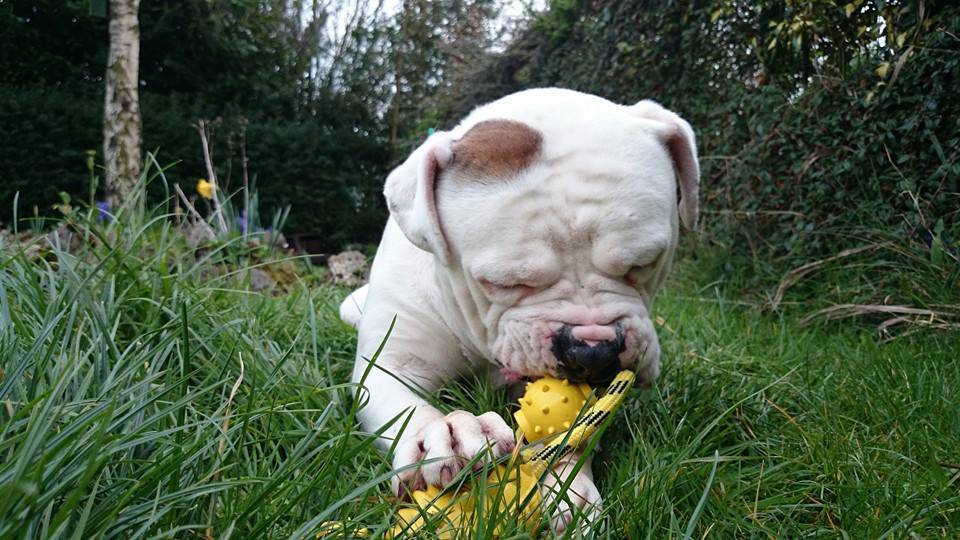Bringing home a dog is such a huge deal for you and the family as you are welcoming a new addition to your pack, to cherish and love for as long as they live. Sometimes it’s easy to forget that this transition is an even bigger deal for your new pet who will be scared at all the change and uncertainty, especially if they’ve come from a shelter or foster home.

Preparation, before pooch comes, will have you feeling ready for their arrival as well as confident that you are creating a space that is welcoming and safe. It’s also a good idea to find out all of the information you need to know as a responsible dog owner, before you bring him home, such as knowing what to give your dog if they are in pain, or where your closest vet is.
Here are some essential tips for getting you, your family and your home ready for the best friend you could ever hope for.
The first action is to decide where in your home the dog will be spending most of their time. Establishing some order as soon as the dog arrives will help to alleviate stress and anxiety, getting them to settle more quickly in the new home.
You may want to have a crate for your new pup so that they have somewhere specific to sleep at night and a place that is their safe space. If you do decide to get a crate or even just their bed, you need to think about where you are going to put it. If you have carpets in most rooms but, say, engineered wood flooring in your kitchen, then it is probably a good idea to have the crate there. Puppies can often have accidents, especially when everything is new and it’s much easier to clean up a wooden floor than a carpet or rug!
Next up is dog-proofing the rooms they will have access to. Much like baby-proofing, this will ensure your furry friend stays safe and out of trouble. Tape any loose electrical cables to skirting boards, remove plants, rugs and breakables and be sure to keep any household chemicals out of reach.
Another great tip is speaking with the family to create a list of words that will be used when giving the dog directions. This should help to prevent confusion and will get the new member of your family trained up a little quicker.
The PDSA have some quick tips on setting up an environment that your dog can be happy in. Key tips include:
It is also very important to establish the areas that your dog is allowed to be in the house, while being mindful that they still require as much space as possible, especially if they are left alone for a few hours during the day.
Having two rooms that can be opened up into one is a great way to ensure your pet has the freedom to roam, while still giving you the option of closing off each room for other purposes when needed, especially if you decide not to use a crate.
The process of settling a dog into your home is a long one, that can come with bad behaviour, accidents and a lot of anxiety. You and the family need to be very patient over the first few months.
It’s essential that you give the dog time to acclimate to your home before you incorporate exciting things such as strangers and exciting parks. They need to feel settled where they are, and with the people they will come to consider family before new things and people can be introduced. At least for the first week or so.
What you feed your new pet is, of course, your choice but for the first week of feeding try to mimic what the dog was previously eating so as not to cause intestinal distress. When you feel ready to introduce the new food, try easing it in gently with one part new to three parts old, then half new and half old food and so on and so forth until the new food is in play.
You can never go wrong with healthy, delicious bully-stick treats for your pooch. Dogs simply love gnawing on these beefy and chewy treats. Your pet will never judge your gift choices. As long as you give your dog or your cat something yummy, your furry friend will be happy.
Toilet training can be a long and difficult process, but patience and persistence are key. The moment you bring the dog home, take them straight to the toileting area and spend a good amount of time there. Hopefully, the dog will relieve themselves there and a pattern can begin. Entering a new home with different smells, sounds and atmosphere can knock even the most housebroken dogs.
Although excitement levels will be high in the house, especially from the little ones, try to keep the rabble as calm and quiet as they can muster – it will help to ease the dog in a little easier and gives you some one-on-one time to get to know the likes and dislikes of your new addition.
Often, you won’t actually get to see the real personality of your dog until they have been with you for several weeks. Then you can meet the relaxed and happy dog that they really are!
Photo credit: Zara Walker